Searchlight Journalist Receives 2024 MOLLY Award for Story on Trucheña Whose Plutonium Count Was New Mexico’s Highest
This week’s Update was written by CCNS Board Member Basia Miller
The Austin newspaper, the Texas Observer, chose Searchlight reporter Alicia Inez Guzmán, to receive its 2024 MOLLY Prize on May 30th.  Guzmán holds a Ph.D. in Visual and Cultural Studies from the University of Rochester in New York. Her article, “Buried Secrets, Poisoned Bodies,” is exemplary investigative journalism. https://searchlightnm.org/buried-secrets-poisoned-bodies/ The prize, awarded to only one journalist a year, honors Molly Ivins, the Observer editor for six years in the 70’s.
Guzmán holds a Ph.D. in Visual and Cultural Studies from the University of Rochester in New York. Her article, “Buried Secrets, Poisoned Bodies,” is exemplary investigative journalism. https://searchlightnm.org/buried-secrets-poisoned-bodies/ The prize, awarded to only one journalist a year, honors Molly Ivins, the Observer editor for six years in the 70’s.
Alicia, newly given the nuclear affairs beat at Searchlight, had been immediately intrigued on learning that a woman from Truchas was found at her death to have 60 times as much plutonium in her body as the average New Mexican.  Alicia knew Truchas well. She’d grown up in the mountain village, elevation 8,000 feet and her grandfather and uncles had worked at Los Alamos National Laboratory (LANL) as had Alicia, who interned there one summer.
Alicia knew Truchas well. She’d grown up in the mountain village, elevation 8,000 feet and her grandfather and uncles had worked at Los Alamos National Laboratory (LANL) as had Alicia, who interned there one summer.
The reporter’s challenge was two-fold, both to identify the unknown woman and probe the origin of the very high plutonium readings. To that end, Truchas village offered the possibility of a deeply personal connection and at the same time could serve as a point of leverage to investigate, measure, and publicize the threat of nuclear contamination to New Mexico’s residents.
Guzmán first explored Trinity Site statistics, since places as far away as Rochester, NY—2500 miles away—saw their nuclear readings rise from the drift after the 1945 test explosion there,  just before the U.S. dropped bombs on Hiroshima and Nagasaki. This takes Guzmán to the LAHDRA report (the Los Alamos Historical Document Retrieval and Assessment, a project of the U.S. Centers for Disease Control (CDC)) containing statistics on nuclear fallout. It includes autopsies–critical information in this case of questionable legality–for understanding how radiation affects the human body. Here Guzmán finds the very high readings for the Trucheña, still nameless. She says,
just before the U.S. dropped bombs on Hiroshima and Nagasaki. This takes Guzmán to the LAHDRA report (the Los Alamos Historical Document Retrieval and Assessment, a project of the U.S. Centers for Disease Control (CDC)) containing statistics on nuclear fallout. It includes autopsies–critical information in this case of questionable legality–for understanding how radiation affects the human body. Here Guzmán finds the very high readings for the Trucheña, still nameless. She says,
The only fact is the plutonium itself. Somewhere, somehow it
entered her body in the form of barely visible specks of alpha
radiation. And once there, those particles began a long migration,
from her bloodstream to her kidneys and, ultimately, to her liver. The
question is how?
 Ultimately, Guzmán is almost sure of the name of the autopsied woman: Epifania S. Trujillo, born in 1881 in Cordova and relocated to Truchas in 1907.
Ultimately, Guzmán is almost sure of the name of the autopsied woman: Epifania S. Trujillo, born in 1881 in Cordova and relocated to Truchas in 1907.
In 1955, Epifania moved in with her daughter, son-in-law and seven grandchildren. Guzmán phoned two of those grand-daughters, the Romeros, now in their 70’s and 80’s, to give them the highly-likely information about their grandmother. She learns that the son-in-law had worked at LANL’s Technical Area 8. She verifies Epifania’s identity. And she learns of events that Epifania’s family had been ignorant of. She writes,
. . .the Romeros get all the wrenching news at once: Their father might have brought home toxic plutonium on his work clothes; their grandmother was unlawfully autopsied; the family was left out of the settlement altogether; and Los Alamos had a hand in all of it. Epifania, emblematic of so much, fell through the cracks in every way possible.
Alicia Guzmán and the Romeros discover overlaps between their lives—among them, that Guzmán’s heirloom quilt was made by the Romeros and the family has a polaroid of Guzmán’s grandmother. Finally there is a 1950’s photo of a beaming Epifania and her daughter and granddaughters.  Guzmán points out that she is the sum of an entire life:
Guzmán points out that she is the sum of an entire life:
She is loved. She is surrounded by family. She is much more than the unspeakable acts committed against her.
Alicia Guzmán’s article comes full circle, as she has been able to give the unknown Trucheña a solid identity for the record, and bring a kind of justice to a small corner of the world by discovering many truths for the family.
- Friday, May 31st at noon –
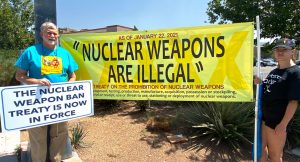 Join the weekly peaceful protest for nuclear disarmament on the four corners of Alameda and Sandoval in downtown Santa Fe with Veterans for Peace, CCNS, Nuclear Watch NM, Loretto Community, Pax Christi and others.
Join the weekly peaceful protest for nuclear disarmament on the four corners of Alameda and Sandoval in downtown Santa Fe with Veterans for Peace, CCNS, Nuclear Watch NM, Loretto Community, Pax Christi and others.
- Monday, May 20th – PUBLIC COMMENT PERIOD EXTENDED TO THURSDAY, JUNE 20th, 2024 –
 to EPA about its proposed rule allowing open burning / open detonation of hazardous wastes. Use Earthjustice’s Action Alert to Ban the Practice of Open Burning and Open Detonation of Hazardous Wastes at: https://earthjustice.org/action/ban-the-practice-of-open-burning-and-open-detonation-of-hazardous-wastes
to EPA about its proposed rule allowing open burning / open detonation of hazardous wastes. Use Earthjustice’s Action Alert to Ban the Practice of Open Burning and Open Detonation of Hazardous Wastes at: https://earthjustice.org/action/ban-the-practice-of-open-burning-and-open-detonation-of-hazardous-wastes
See the May 2nd Update for more information: http://nuclearactive.org/public-comments-needed-to-ban-open-burning-and-open-detonation-of-pfas-toxic-and-carcinogenic-explosive-materials/
- Monday, July 1st – Friday, July 5th
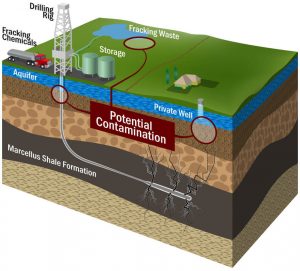 (no hearing on Th. July 4th) NM Water Quality Control Commission public hearing about reuse of fracking waste continues. https://www.defendnmwater.org/post/hearing-extended-into-july-so-far-fracking-waste-reuse-looks-as-risky-as-we-thought
(no hearing on Th. July 4th) NM Water Quality Control Commission public hearing about reuse of fracking waste continues. https://www.defendnmwater.org/post/hearing-extended-into-july-so-far-fracking-waste-reuse-looks-as-risky-as-we-thought
- June 17th to 24th – MOVED TO SEPTEMBER 16th to 22nd – Global Week of Action –
 No Money for Nuclear Weapons, by the International Campaign to Abolish Nuclear Weapons (ICAN). Join the efforts to push back against the unacceptable squandering of vast sums of money on weapons of mass destruction ($82.9 billion in 2022). https://www.icanw.org/global_week_of_action_on_nuclear_spending
No Money for Nuclear Weapons, by the International Campaign to Abolish Nuclear Weapons (ICAN). Join the efforts to push back against the unacceptable squandering of vast sums of money on weapons of mass destruction ($82.9 billion in 2022). https://www.icanw.org/global_week_of_action_on_nuclear_spending
Tags: 2024 MOLLY Prize, Alicia Inez Guzmán, Epifania S. Trujillo, LANL, Los Alamos Historical Document Retrieval and Assessment, Los Alamos National Laboratory, plutonium, Poisoned Bodies, Romeros, Searchlight New Mexico, Texas Observer, Trinity Test, Truchas, “Buried Secrets, ” Molly Ivins


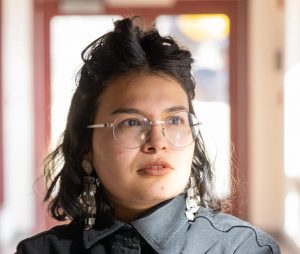

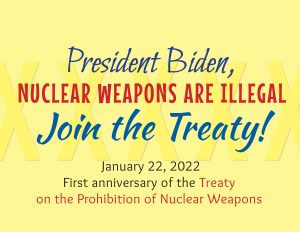
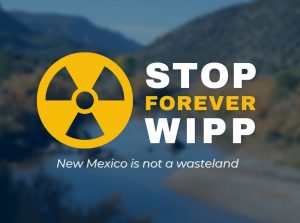






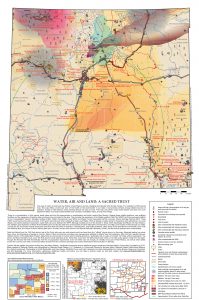

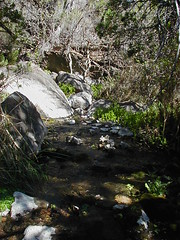

Comments
No comments so far.